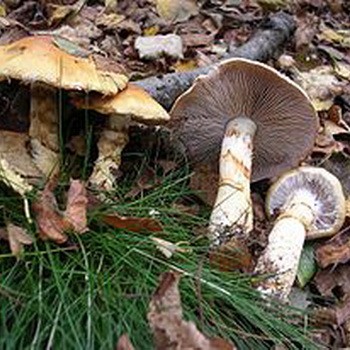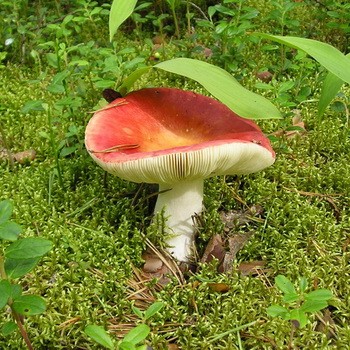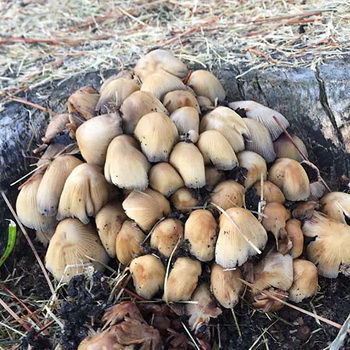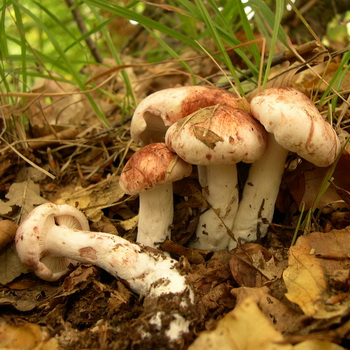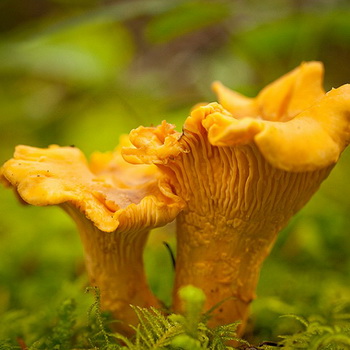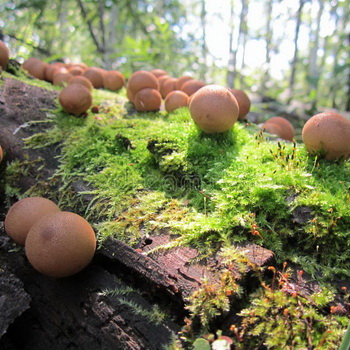What do dung mushrooms look like
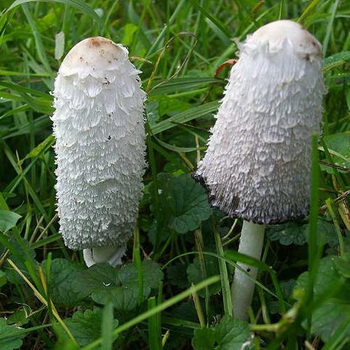
Check out the photo and description of various types of dung mushrooms.
Content
Belyvy dung mushroom: photo and description
Boletus edulis mushroom (Coprinus comatus) has a white fruiting body, ovoid, covered with a common veil, subsequently the veil is torn. The cap of this agaric is up to 10 cm in diameter, bell-shaped, white, thin, covered with yellowish scales. The plates are first white, subsequently pink and black, then spread out into a black liquid.
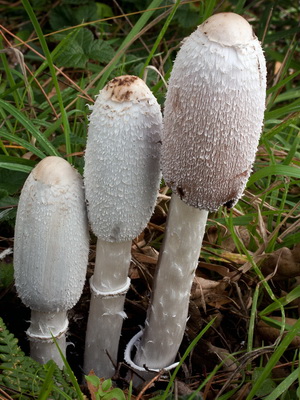
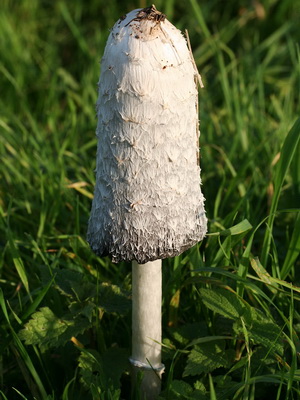
Leg up to 15 cm tall, thickened at the base, hollow, with a baggy vagina, silky, hollow, dirty white, with a narrow ring at the top.
It grows on manure and humus soil: in meadows, pastures, in abandoned greenhouses, garbage piles.
It occurs from May to September.
The mushroom is edible only at a young age, while the plate is white.
Gray dung beetles with photo: ordinary and ink
Here you will find out how common dung beetle and ink dung look like - varieties of gray dung beetle.
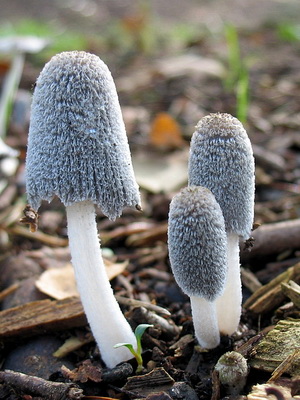
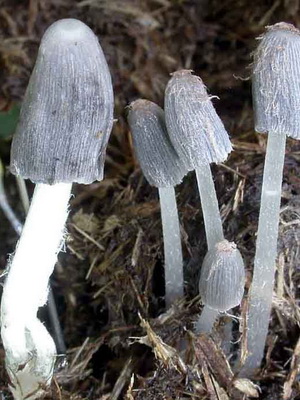
Coprinus common (Coprinus cinereus) - cap lamellar mushroom. The cap is up to 3 cm in diameter, cylindrical, shaggy at a young age, wide-bell-shaped, fissured in mature. The plates are first white, black in old mushrooms, quickly spreading into a black liquid.
Leg up to 10 cm tall, hollow, slightly thickened down.
Grows on manicured, humus-rich soil.
It occurs from July to September.
The mushroom is edible only at a young age, until the plates darken.
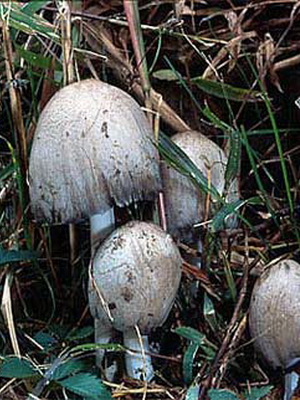
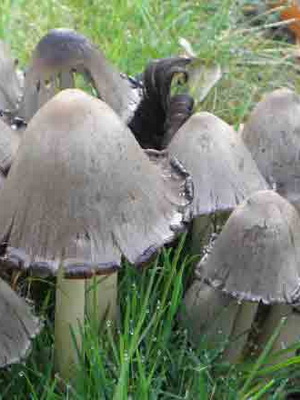
Inky gray ink (Coprinus atramentharius) - cap lamellar mushroom. The cap is up to 10 cm in diameter, first ovoid, then bell-shaped, gray or grayish-brown, darker in the center, with brown small scales. The pulp is light, quickly darkening, sweetish taste. Look at the photo: gray dung beetle has wide plates, first white, then red and black. Ripe mushroom gradually spreads into a black liquid.
Leg up to 20 cm tall, white, brownish at the base, with white, hollow, eventually disappearing ring.
It grows on manure-rich, humus-rich soil: on pastures, fields, vegetable gardens, near manure and compost heaps, near tree trunks and stumps.
It occurs from August to October.
The mushroom is edible only at a young age, while the plate is white. It is used in fried, boiled and pickled form.
Mushroom dungus shimmering and his photo
Shimmering dung beetle (Coprinus micaceus) - cap lamellar mushroom. The cap is up to 3 cm in diameter, ovate in young mushrooms, then bell-shaped, red or yellowish-rusty, thin, with frequent grooves, covered with shiny scales, then disappearing. The flesh is fawn. The plates are frequent, first brown, then dark brown, black at the end, spreading into a black liquid.
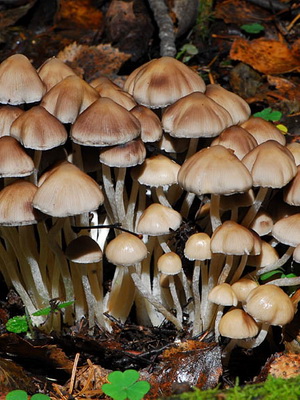
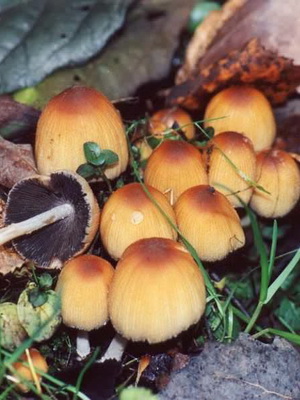
Leg up to 4 cm tall, white, flexible, hollow inside.
It grows in large groups on pastures, in gardens and kitchen gardens, in the forest near rotting stumps.
It occurs from the end of May to October.
The mushroom is edible only at a young age, until the plates darken.It is used in fried, boiled and pickled form.

